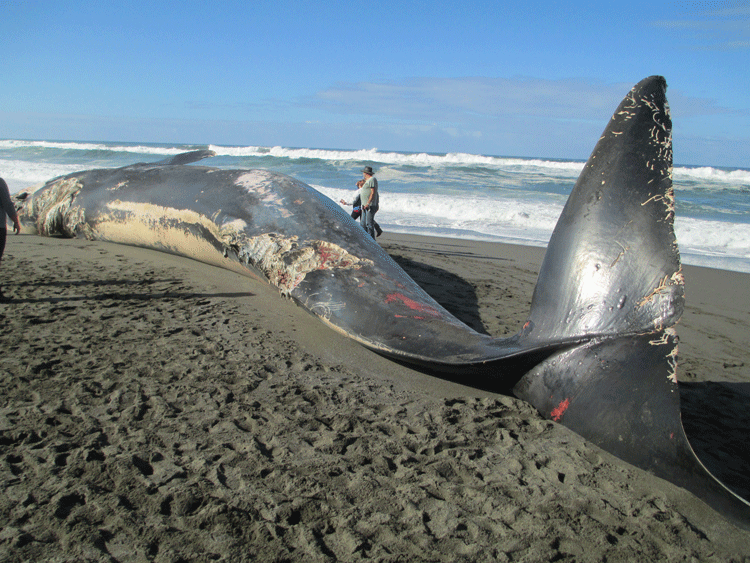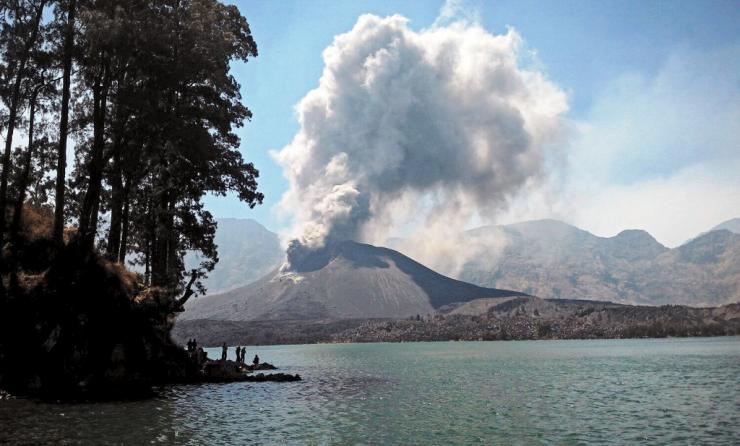OF THE
TIMES


Finding unseen meteorsand
The Leonid meteor shower of Nov. 18, 1999, gave researchers an ideal opportunity to test Keay's hypothesis. Colin Price and Moshe Blum of Tel Aviv University found that Leonid meteors produced distinct VLF electromagnetic pulses.
Additionally, they discovered that there were many meteors that were not visible to observers — they were detected only by the VLF radiation they emitted. Finding meteors solely by their VLF signatures "detected nearly 50 times more meteors than the optical method," Price and Blum wrote.
Can You Hear a Meteor?
Because sound travels so much more slowly than light does, the rumblings of a particularly large meteor shouldn't be heard for several minutes after the meteor's sighting. A meteor 100 kilometers high would boom about five minutes after it appears. Such an object is called a "sonic" meteor. The noise it makes is related to the sonic boom caused by a faster-than-sound aircraft.
Can you hear meteors?


Earthquake: M 6.2, East Timor region
— EarthquakeNews (@EarthquakeNews) September 14, 2008
Comment: Forget About Global Warming: We're One Step From Extinction!